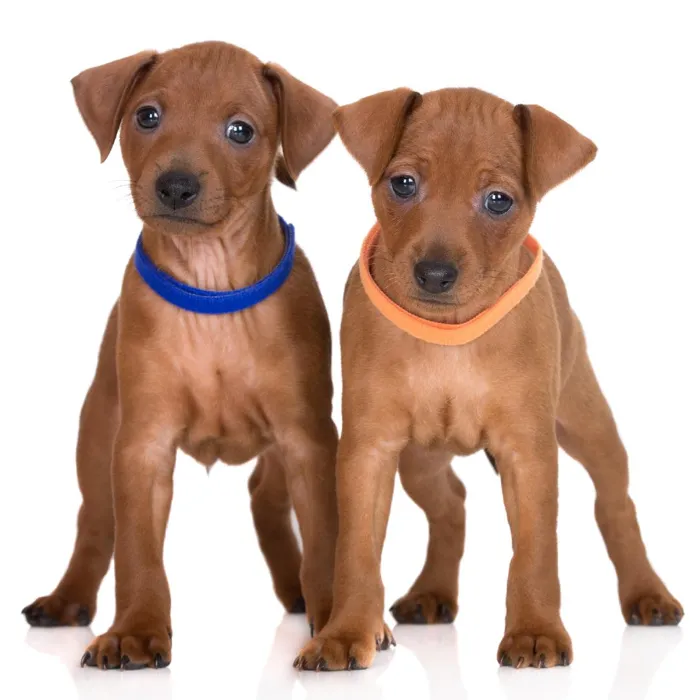German Pinscher

The sleek, no-frills German Pinscher is among Germany’s oldest breeds and the prototype of other pinscher breeds. This energetic, super-intelligent dog was at first used as a rat catcher but can be trained for all types of canine work.

Ask About German Pinscher ?
Breed Traits
General Appearance
The German Pinscher is a medium size, short coated dog, elegant in appearance with a strong square build and moderate body structure, muscular and powerful for endurance and agility. Energetic, watchful, alert, agile, fearless, determined, intelligent and loyal, the German Pinscher has the prerequisites to be an excellent watchdog and companion. The German Pinscher is examined on the ground.
Size, Proportion, Substance
Head and Skull
Neck, Topline, Body
Forequarters
Hindquarters
Coat
Color
Gait
Temperament
Group
Working
About
History
Standard
Nutrition
Grooming
Exercise
Training
Health
All pets have found there homes! Sign up to be notified when new pets are added so you don't miss out.


